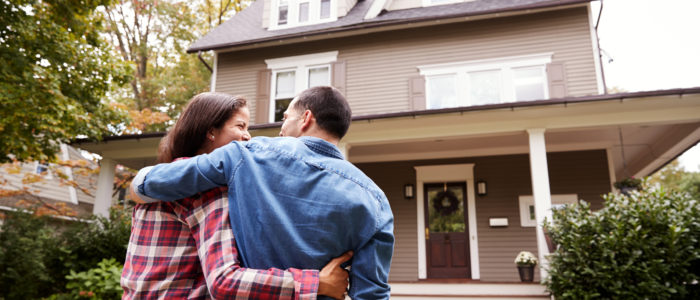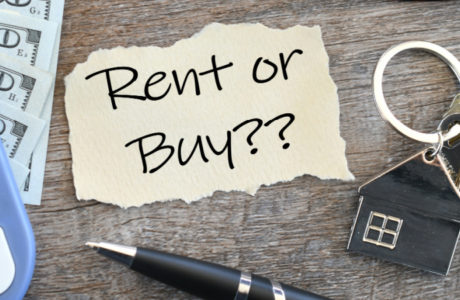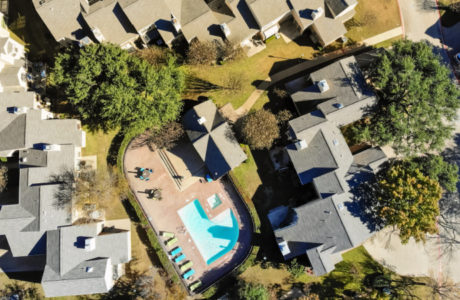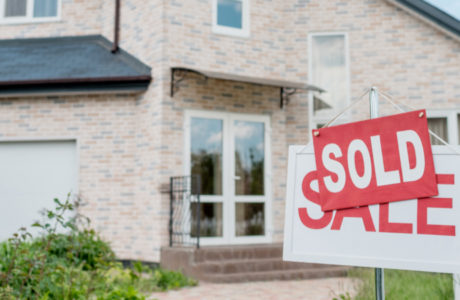The Census is a revealing thing every ten years. And this year, it’s even more revealing, even though it’s not yet complete. It changed its methodology over the past quarter, eliminating all in-person interviews due to the pandemic. While that means the data may now have a slightly bigger margin of error, it revealed a large jump in homeownership rates.
According to Redfin’s Taylor Marr, homeownership rates surged to 67.9% in the second quarter, the highest rate since 2008. The 3.8 percentage point increase from 64.1% a year earlier is the largest annual increase in homeownership rates on record. While that is remarkable, however, there are several intertwined pandemic-related trends that have likely led to the strong growth in homeownership.
Changes in Demographics
“The homeownership rate climbed the most among 35-44 year olds (up 4.9 percentage points to 64.3%) and people under 35 (up 4.2 percentage points to 40.6%),” says Marr, who adds that demographically, it was anticipated the homeownership rate would grow in 2020 because a huge wave of millennials entering their prime home-buying years, the pandemic may have moved up this timeline in the short-run.
“Many renters who had perhaps been planning a purchase in the next few years, have opted to go ahead and buy now given historically low rates,” he says. “Thus, the current growth will likely not continue to climb as much in future quarters.”
Keep in mind that these low rates hit when apartment living has hit its least popular point. Thanks to the restrictions and health and safety concerns due to the pandemic, many of the attractive features associated with apartment living are not as accessible or appealing.
“People confined to their homes aren’t able to take advantage of communal building amenities or the neighborhood retail and restaurants that make renting in an urban area appealing,” says Marr.
Add to that how much time is being spent at home during sheltering and quarantine, and you’ll find home buyers are rethinking their priorities.
One Redfin agent contributed her thoughts by saying, “Spending so much time at home during quarantine has made a lot of people realize that it might be time to stop renting a cramped apartment in the city and time to start owning their first single-family home.”
Of course, with mortgage rates at record lows and remote work on the rise, renters are realizing that they could buy a lower-priced home in the suburbs for close to what they’re paying in rent.
Changes in Mortgage Rates
Marr explains how the math has shifted in favor of buying.
“A half-point drop in mortgage rates can decrease a home buyers’ monthly payment substantially, making a mortgage more attractive than a lease. Meanwhile, rents are sticky in the short term. Because renters are locked into a lease, rents don’t fluctuate like a stock price and adjust more gradually.”
He also adds that this is a short-term shift.
“In the long run, as renters opt to buy there is less demand for rental units, which will pull rents down. At the same time, the increased demand for real estate will push up home prices. So we’ll see the rent vs. buy equation rebalance over time.”
Other Posts You Might Like
Inventory drops as Texas home sales soar
Forbearance numbers continue to show improvement











Comments are closed.